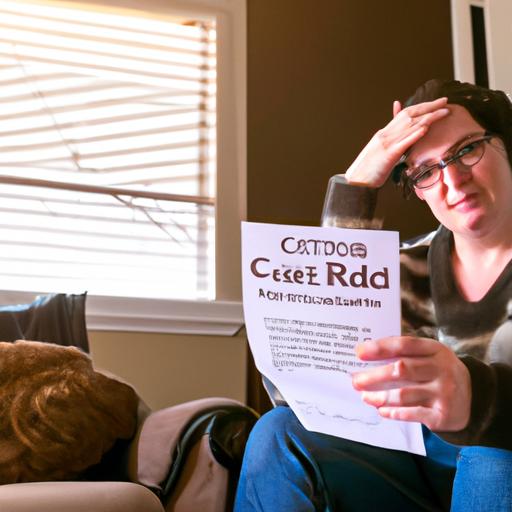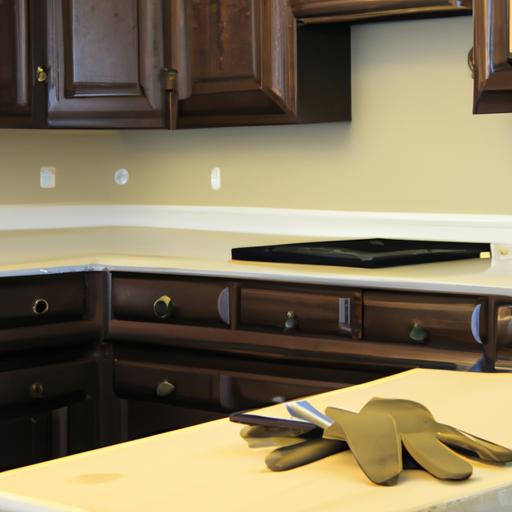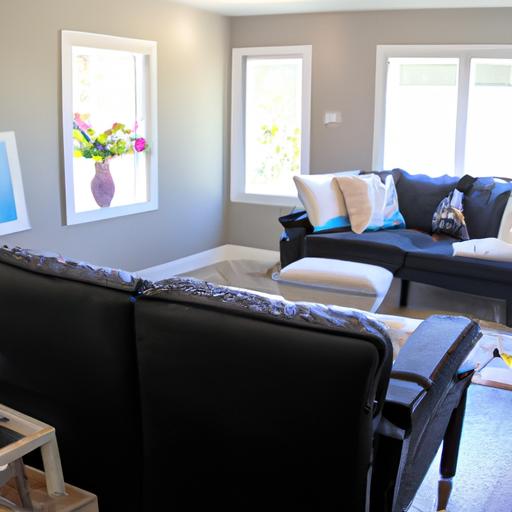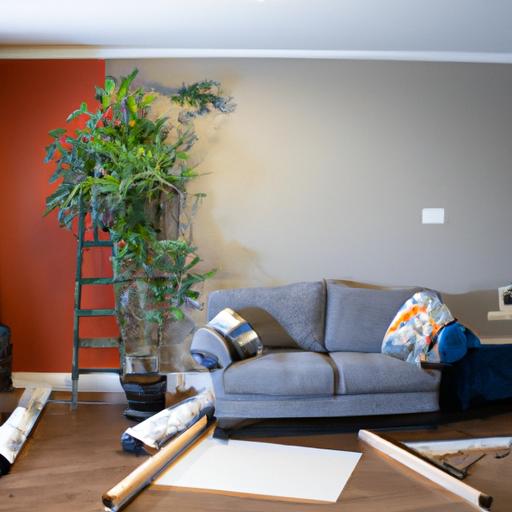Refinancing for Home Improvements: Unlocking the Potential of Your Home
Introduction
When we hear the term “refinancing for home improvements,” what exactly does it mean? Essentially, it involves revising your existing mortgage to access additional funds for renovating your home. This financial strategy enables homeowners to leverage the equity in their property to fund various improvement projects, from kitchen remodels to bathroom upgrades.
The importance of refinancing for funding home renovations cannot be underestimated. It provides a cost-effective way to enhance the value of your property while creating a more comfortable and aesthetically pleasing living space. By tapping into the equity accumulated in your home, you can transform your living environment without depleting your savings or taking on high-interest debt. Let’s delve deeper into the benefits and intricacies of refinancing for home improvements.
Benefits of Refinancing for Home Improvements
Lower Interest Rates
One of the primary advantages of refinancing for home improvements is the potential to secure lower interest rates on your mortgage. By refinancing at a lower rate than your current mortgage, you can reduce your monthly payments and save money over the life of the loan. This can free up additional funds that can be used to finance your renovation projects or build your savings.
Access to Equity
Refinancing for home improvements allows homeowners to access the equity built up in their property over time. Equity is the difference between the current market value of your home and the outstanding balance on your mortgage. By refinancing, you can convert this equity into cash that can be used to fund renovations, repairs, or other expenses. This access to additional funds can make it easier to tackle larger home improvement projects that may have been out of reach otherwise.
Consolidation of Debt
Another benefit of refinancing for home improvements is the opportunity to consolidate existing debt. If you have high-interest debt from credit cards, personal loans, or other sources, refinancing can allow you to roll this debt into your mortgage at a lower interest rate. This can help streamline your finances, reduce your overall monthly payments, and potentially save you money in the long run. Consolidating debt through refinancing can provide a more manageable and cost-effective way to pay off your obligations while investing in your home.
Types of Refinancing Options for Home Improvements
Cash-out Refinance
A cash-out refinance involves replacing your existing mortgage with a new one that is higher than the current outstanding balance. This allows you to access the equity in your home as a lump sum of cash, which can then be used for home improvement projects. By refinancing at a lower interest rate than your current mortgage, you can potentially save money in the long run while also investing in your property.
Home Equity Loan
Another popular option for refinancing for home improvements is a home equity loan. This type of loan allows homeowners to borrow a fixed amount of money, using the equity in their property as collateral. Home equity loans typically have fixed interest rates and set repayment terms, making them a predictable and manageable financing option for renovation projects.
Advantages of Home Equity Loan
- Fixed interest rates for predictable monthly payments
- Lump sum payment upfront for immediate use in home improvements
Home Equity Line of Credit (HELOC)
A Home Equity Line of Credit (HELOC) functions similarly to a credit card, where homeowners can borrow funds up to a certain limit based on the equity in their property. HELOCs offer flexibility in accessing funds as needed for home improvements, with interest only charged on the amount borrowed. This revolving line of credit can be a convenient option for ongoing renovation projects or unforeseen expenses.
Benefits of HELOC
- Flexibility to borrow funds as needed
- Interest-only payments during the draw period





